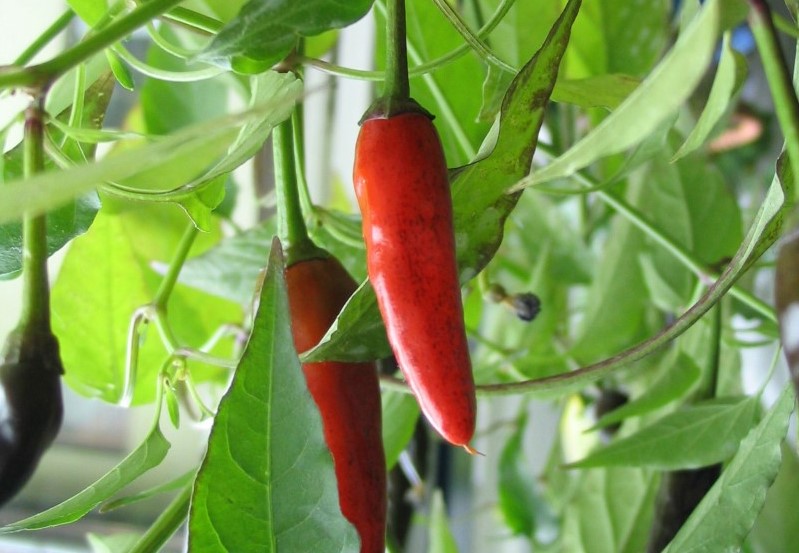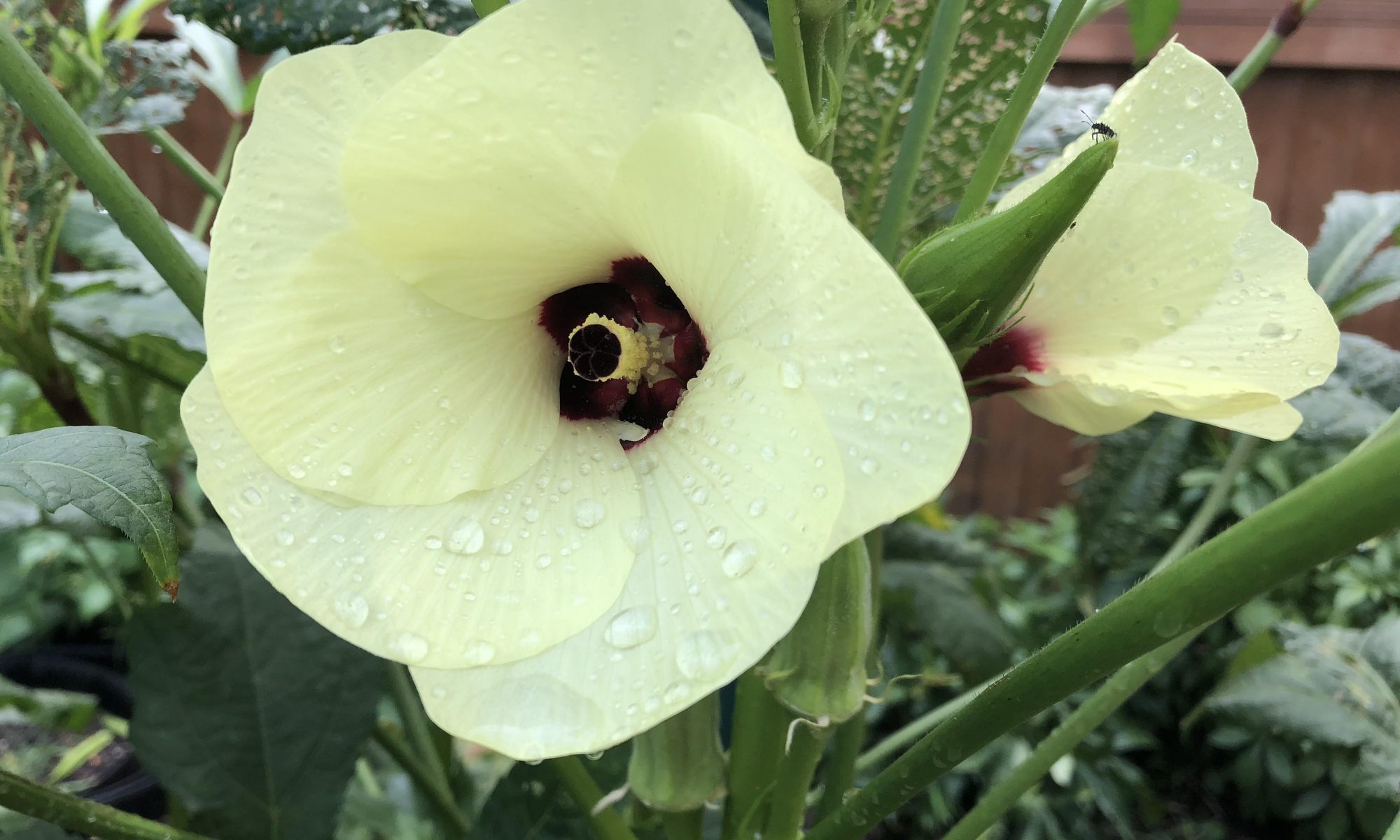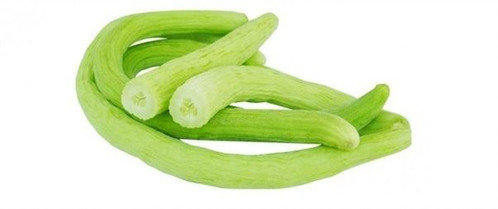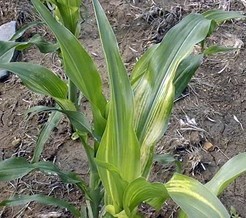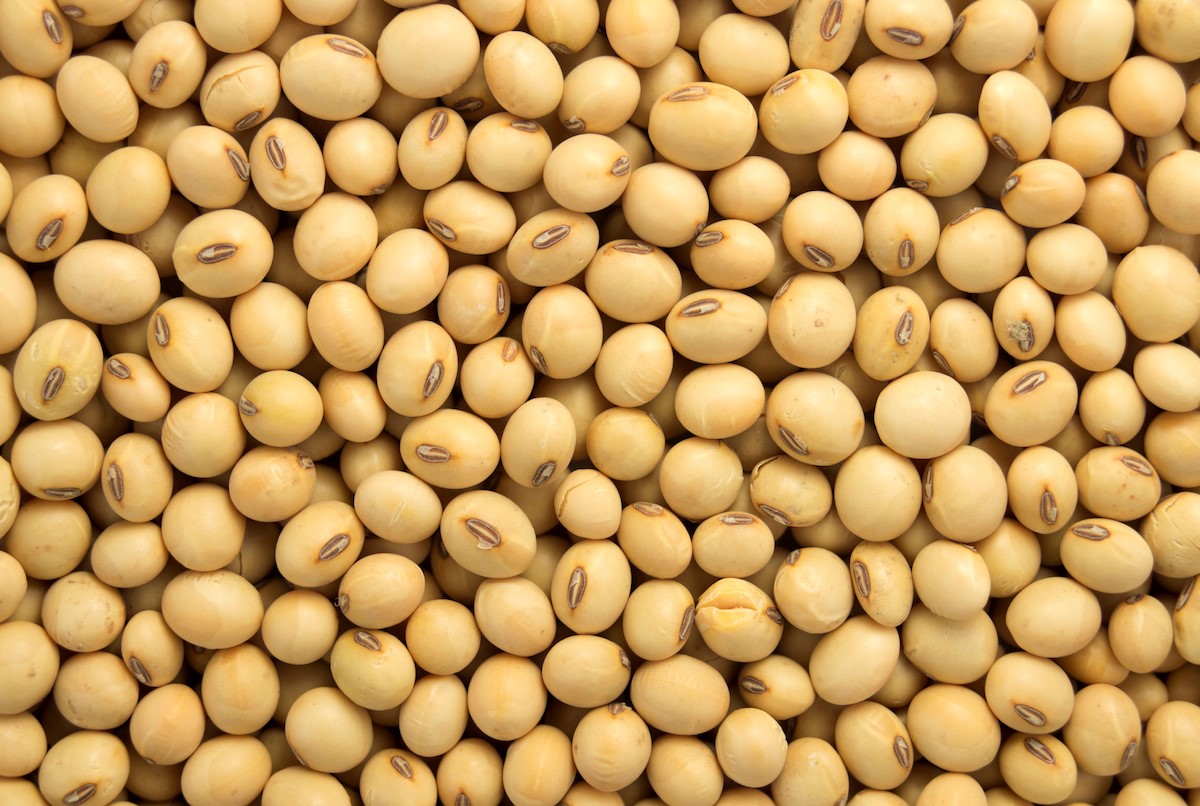It’s been 8 to 10 days since chili has been sown, the next 10 days proper crop life cycle management is essential for optimum productivity, the following methods should be adopted in doing so
- First Spray at 12 DAS:- Thiamethoxam 25% WP 8 gm/pump + Amino acid 20 ml/pump.( To control soil-borne pest and seedling nutrition )
- Second Spray at 20 DAS:- Metalaxyl-M ( Mefanoxam ) 4% + Mancozeb 64% WP 30 gm/Pump. ( To control soil-borne diseases like damping off )
- If there are other pests and diseases or any problem related to farming, then you can call on our toll-free no.1800-315-7566.
Like and share with other farmers by clicking on the button below
Share
